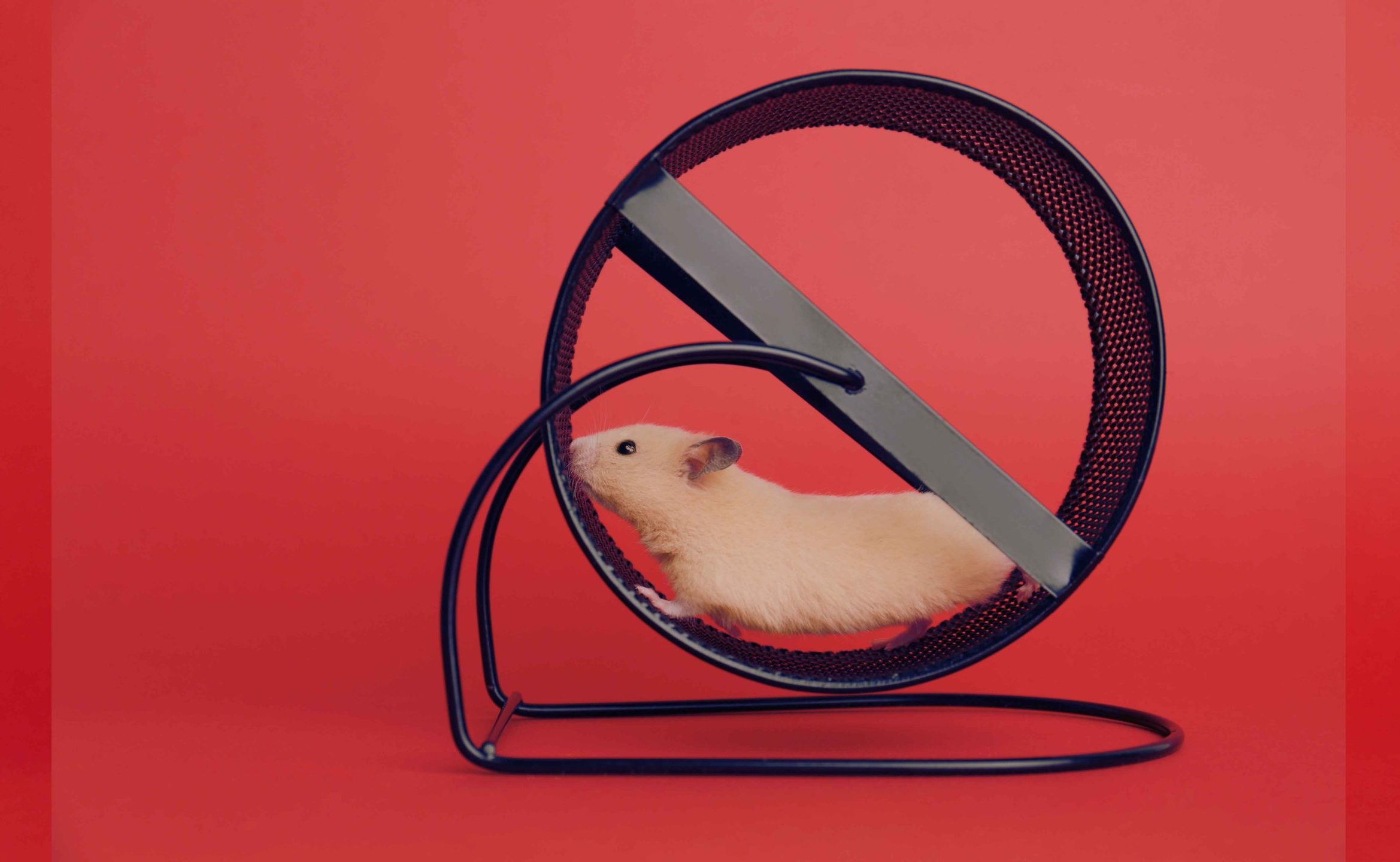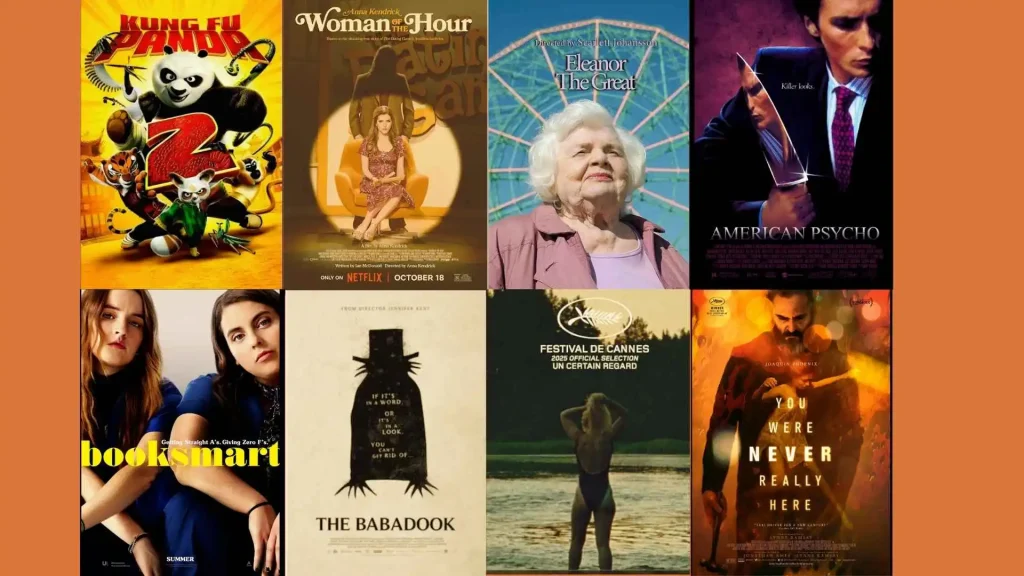Stop overthinking loop – Overthinking sneaks up on you. It doesn’t announce itself, it just walks in, grabs a seat in your brain, and starts replaying the same scene until you want to scream. Psychologists say it’s linked to the brain’s default mode network (DMN), the system that switches on when you’re not actively focused (Nolen-Hoeksema, 2000). It’s useful for reflection, but when it runs too long, it traps you in reruns.
Think about it: overthinking is like your brain hitting replay on the same three seconds of a song called “Why Did I Say That?” Cute the first time, unbearable by the hundredth.
Here’s how to press pause.
1. Label the Thought Before It Labels You
Cognitive labeling is exactly what it sounds like: name your thought out loud. Neuroscience shows that putting feelings into words reduces the brain’s stress response (Lieberman et al., 2007). Even a playful tag like “you’re doing it again” works, it’s just enough to remind your brain that the loop has started, without letting it take over. Once it’s named, it loses some of its power.
2. Don’t Act While the Loop’s Still Running

Overthinking drains energy, but it can also push you into decisions you’re not ready to make. If you’re still debating whether you even like him/her/them, don’t give the green light just to quiet your brain. Acting too quickly often creates the very regret you were trying to avoid.
It’s like hitting send on an email you’re still editing, once it’s out, you can’t take it back. Better to breathe, wait, and let the noise settle before moving. Sometimes the kindest move is patience.
3. Switch Channels, Not Planets
Psychologists call it diffuse mode thinking: stepping away so the brain can reset. That doesn’t mean moving to Bali or signing up for a retreat. Sometimes it’s as small as gaming, walking, doodling, or washing dishes. Basically, give your brain another channel to watch.
4. The Plot Twist

If none of this works, laugh at the looping. Humor isn’t just a distraction, studies show it reduces anxiety and helps reframe stress (Billig, 2005; Menéndez-Aller et al., 2020). When your brain insists on reruns, give it a wink and a laugh instead of a panic button.
It’s not about silencing overthinking; it’s about softening it until you can breathe again.
Final Thought
Overthinking is human. It means we care, it means our brain is trying. But trying too hard doesn’t always make life clearer. The kindest thing you can do is press stop, change the channel, and remind your brain: not today.
References
Billig, M. (2005). Laughter and Ridicule: Towards a Social Critique of Humour. Sage.
Lieberman, M. D., Eisenberger, N. I., Crockett, M. J., et al. (2007). Putting feelings into words: affect labeling disrupts amygdala activity in response to affective stimuli. Psychological Science, 18(5), 421–428.
Menéndez-Aller, Á., Postigo, Á., Montes-Álvarez, P., González-Primo, F. J., & García-Cueto, E. (2020). Humor styles and personality: A systematic review. Personality and Individual Differences, 154, 109701.
Nolen-Hoeksema, S. (2000). The role of rumination in depressive disorders and mixed anxiety/depressive symptoms. Journal of Abnormal Psychology, 109(3), 504–511.
Further Reading
Are We Living a Script? – Free Will, Survival, and the Math of Life
→ Connects directly to mental loops, questioning if our thoughts and lives are scripted or if we can actually “press stop.”
Things We Wrote Instead of Going to Therapy
→ Ties into the coping mechanisms part of overthinking: writing, humor, and reframing thoughts as survival tools.
Emotional Survival and Other Things We Don’t Admit Wanting
→ How emotions sneak into daily loops and coping becomes grammar.
Jealousy and Survival – A Love Story No One Asked For
→ A human, relatable angle to “don’t act too fast”
Boundaries and Where the F to Find Them
→ The “pause before acting”. Setting mental and emotional boundaries is another way to step off the loop.







